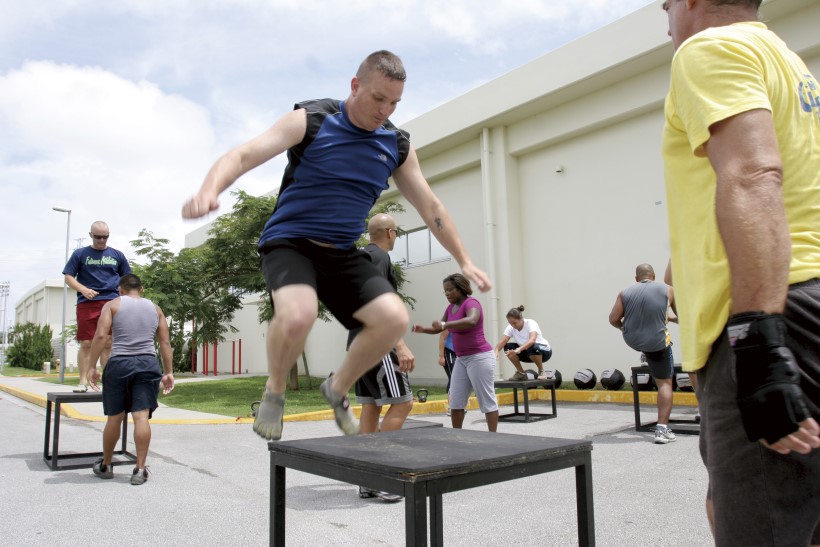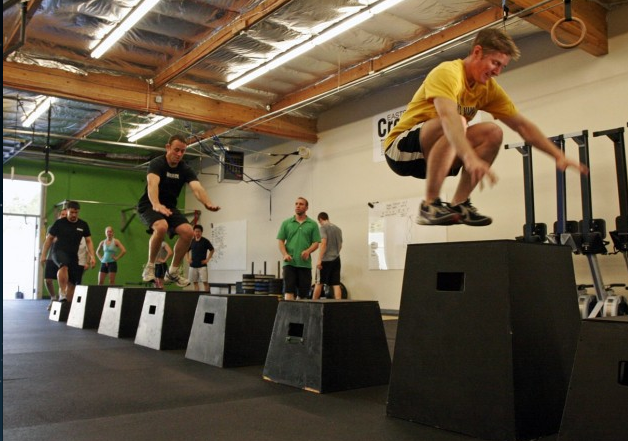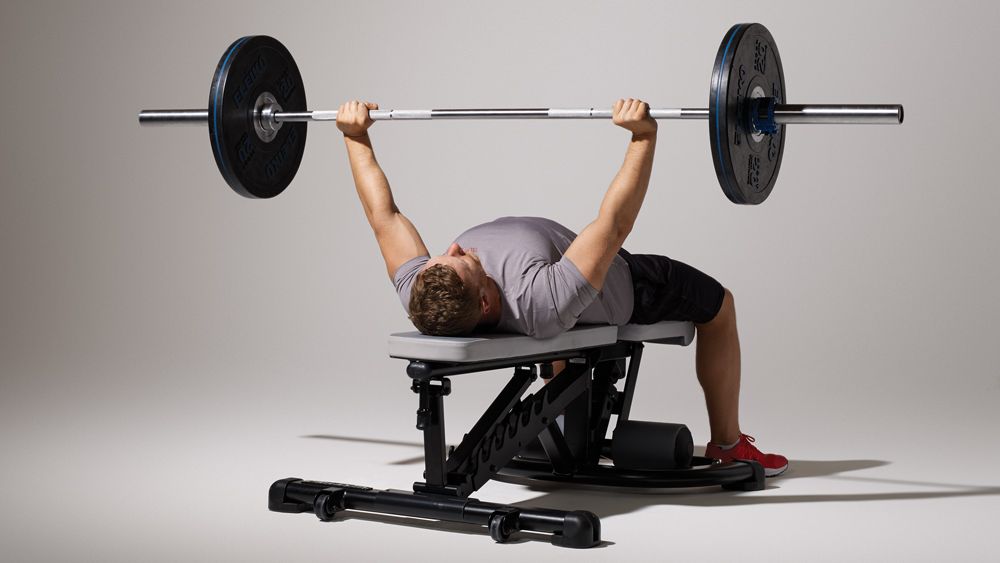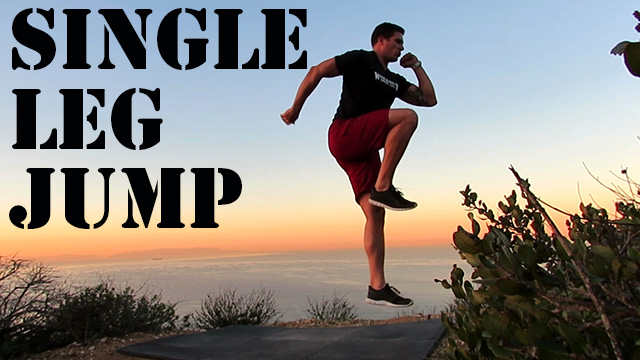Any professional athlete or basketball lover wants to be able to jump well to throw the ball into the basket. However, not everyone can do that. The biggest factors affecting your ability to jump are height and genetics, but you can also improve by working hard. Not many people know about Plyometrics for basketball – an exercise that can significantly increase a player’s jumping ability on the court. Plyometric training has become incredibly popular in recent years. Find out what plyometrics for basketball is and what specific exercises they include in this article.
The definition of Plyometric
Plyometrics is a fairly popular training method and was developed in the former Soviet Union during the 1970s. The term “plyometrics” was coined by American trainer and author Fred Wilt– including warm-up exercises and Different jumps of Soviet athletes before competition. The purpose of Plyometric exercises is to help muscles achieve maximum strength in the shortest time possible. This is done using as much force as possible in the shortest time possible.
The benefits of Plyometrics for basketball
Improve energy production
As you know, basketball and most other sports are inherently explosive in nature. From lunging at your opponent, sprinting to the floor or playing locked-in defense, explosiveness is everywhere in basketball! As a result, to become more explosive and athletic, you need to work on the mental and physical aspects. Research has shown that plyometric training can improve jumping ability, sprint time as well as change of direction. This is done by improving your force development rate, reducing ground contact time and optimizing traction shortening cycles. Simply put, plyometric training improves your body’s ability to produce energy more quickly and efficiently.
Improve jumping skills
Just like dribbling, passing and shooting, jumping is also a skill. One of the jump’s first priorities is to achieve the full triple extension. A triple extension is reaching a position where your ankles, knees, and hips are in a straight line. Furthermore, there are different types of jumps that you will perform in basketball. Developing the right mechanics for each jump is essential to expanding your potential.
Activation of muscles
Plyometrics teaches the brain and central nervous system how to activate muscles quickly and efficiently, resulting in quick and significant training results. This way you will learn quickly!
Easy to learn
Plyometric exercises are closely related to vertical jumping and therefore teach the skill better than pure strength training. These exercises also build strength for the practitioner, are easier to learn and have less risk of injury than heavy-weight exercises. Also, Bodyweight exercises can be done without expensive equipment. Now that you know how effective the plyometrics for basketball exercises are, let’s learn about the 10 most popular Plyometric exercises in the next section.
10 Exercises of Plyometrics for basketball
Depth Jumps
To complete this exercise, athletes must jump from one high surface to the ground and then jump back up to another high surface. For example, you could jump from a weight bench to the floor and then jump onto a plyometric box. Pay special attention to the time of contact with the ground. It takes no more than half a second for the player to jump from the ground to the second surface. To become a good basketball player, players must improve their vertical jump height. This will help them on both attack and defense at the end of the field. A long vertical jump will also help the player to block shots while defending.
Ankle bounces
Stand with your feet shoulder-width apart and jump continuously using only your ankles. Make sure you don’t bend your knees and keep your ankles wide open for a full range of motion during each jump. Also, try to limit soil contact time to an absolute minimum. This is a great exercise to develop agility in your feet. This is also good cardiovascular exercise.
Squat Jump
Stand with your feet shoulder-width apart. Next, move into a full-body squat. Now swing your arms and try to jump as high as you can. Repeat this movement for a few seconds. This exercise helps players practice using their calves, glutes and arms to jump as high as possible. This is a great way to train your body to jump higher.
Single-Leg Vertical Jump
Bend one knee up and keep the other leg still. Next, swing your arms up for extra momentum and jump as high as you can on one leg. Do it three times before switching to the other leg. Most basketball players like to jump with their dominant foot, which can lead to muscle imbalances. This move will help build even strength in both feet to jump high with both feet with ease.
Push-up
Get into a normal push-up position and start a push-up, but as you lift up, let go of your hands to jump up before returning to the starting position. If you can’t complete this exercise safely, start with regular push-ups. This is the upper body strength training exercise. This high-intensity push-up is a great way to build strength in the chest, shoulders, and arms.
Bench Press
Lie on a flat bench then grab the dumbbells and start doing push-ups. As you lift up, throw the barbell slightly into the air and shift the grip a little wider. Next time, reverse the grip position inward. Alternate your grip on each exercise. Do not do this exercise without a trainer as it is a bit risky. Since the barbell weighs only 45 pounds, this exercise doesn’t require much strength. However, it is still a great choice for building upper body strength.
Side to Side Hops
Stand under the basketball hoop then perform side-to-side jumps while minimizing ground contact time. This site exercise builds agility and strengthens the ankle for all the ultra-fast cutting motion basketball requires. It also strengthens the calves.
Single Leg Jump
Raise the knee of one leg, then swing the arm and jump and then bring the leg back, keeping one leg still. Repeat this movement from 3 to 5 times and then switch to doing the same with the other leg. This move helps strengthen the knee joint and increases jumping ability as well as a good exercise for the hip flexors.
Alternating step up Jumps
Raise the knee of one leg, then swing the arm and jump and then bring the leg back, keeping one leg still. Repeat this movement from 3 to 5 times and then switch to doing the same with the other leg. This move helps strengthen the knee joint and increases jumping ability as well as a good exercise for the hip flexors.
Frog Jumps
Perform a full squat until your glutes touch the tops of your feet. Get into a frog-like pose by placing your hands on the floor. Jump as high and as far as you can before returning to the original frog position. This move works the entire lower body but mainly focuses on the hips. It will have a positive effect on the player’s ability to jump. Those are all 10 exercises of Plyometrics for basketball that we have just introduced to you.
To sum up, Plyometrics for basketball is by far the most effective way to learn how to jump higher. It can provide incredible benefits to being a better athlete on the court. Remember to rest for 1-2 days between plyometric sessions (depending on your training age) and look for quality movement instead of quantity. Have you tried plyometrics yourself and what were your results? Let me know in the comments!
Read more:





